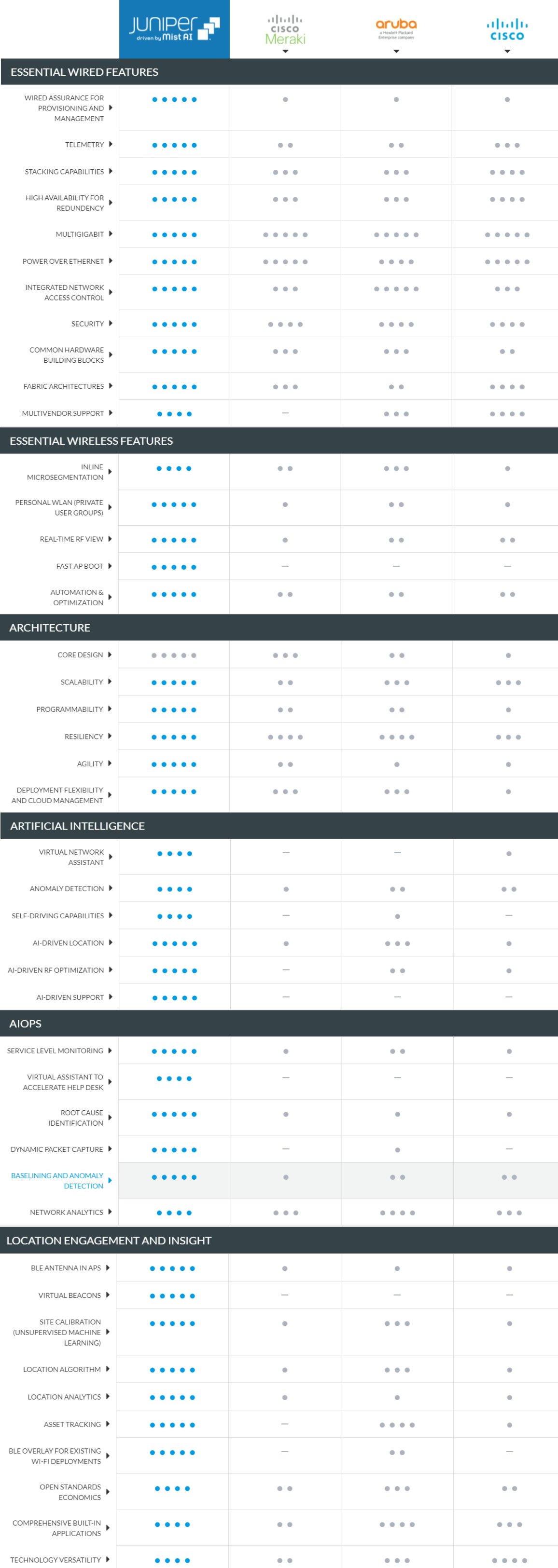Where previously everyone had a fixed connection to their PC, it is now the norm to connect wireless via Wi-Fi. Companies are opting for flexible workstations in the offices and are therefore switching to laptops. A laptop stands for mobility, and this goes hand in hand with the use of a wireless internet connection. Where previously Wi-Fi was only used for the internet, in recent years it has also become increasingly popular for production traffic.
Scaling up Wi-Fi as a result of remote working
The current corona crisis has brought about many changes. Especially in the network and security industries, working from home has had a major impact. Logically, we have seen explosive growth in home working solutions. These disruptive developments are causing changes that we categorise into the following phases:
- Implementing what is necessary to allow the operation to continue, often by scaling up existing solutions.
- Then testing and adjusting security frameworks. The security requirements for occasional working from home are often not appropriate for working from home in large numbers.
- Fine-tuning of the solutions to bring productivity up to the level before the corona crisis.
- Planning; how will we proceed once everyone has been vaccinated?
In the market, we see that most companies have completed the first two steps. The majority have done this by increasing capacity and adapting configuration to existing solutions.
At step three, it becomes clear that the home network of employees has become part of the chain. We're talking about the chain that enables application and/or data traffic to the employees. Within Europe, most Internet connections are quite stable and perform well enough and provide a stable network foundation. The big problem is often in the wifi part at the employee's home.
Advantages and disadvantages of Wi-Fi
Shared medium
Wi-Fi is a shared medium, which means that only one device at a time can use the frequency it is on. Without measures, a Wi-Fi network will perform exponentially worse as more devices are connected to it.
Limited coverage
The Wi-Fi standards that are suitable for users have different but all limited ranges. If a location exceeds the range, multiple access points will be hung up. Here too, there is the problem of shared medium and the access points may interfere with each other.
Due to the lower coverage, devices that are further away from the access point communicate at a lower speed. This results in the shared medium being occupied for a longer period of time and therefore lower performance for other devices.
A limited number of frequencies
A solution for placing multiple access points that must form a connected network is the use of different frequencies (or channels). By choosing the channels in such a way that the access points do not disturb each other, the range can be increased.
Endpoint compatibility
Many people have access to (one of) the latest standards on their new equipment, but sometimes there are still devices in the house that do not have this, such as the cheap tablet of the children or an older WiFi thermostat. Because these operate at a lower speed, they will use the wifi network longer and leave less time for the home office.
Multiple antennas
The most modern access points have multiple antennas built-in, allowing traffic to run across multiple antennas or allowing different devices to connect to different antennas. This goes some way to alleviating the problems of shared medium and limited coverage.
Wi-Fi suppliers
There are various suppliers who provide total solutions for Wi-Fi. This means that in addition to the access points, central management software is also supplied. But which supplier has the best solution for your specific situation? This depends on what the purpose of the Wi-Fi network is in your situation.
Below you can see a comparison of the different products of Juniper Networks, Cisco Meraki, Aruba Networks and Cisco.
Juniper Mist AI solution
The AI of Juniper Mist makes the management of the environment much less labour intensive by only showing the right messages with the possible solutions. The AI can even detect problems and solve them through configuration changes in the environment.
As is common nowadays, this is a cloud-based solution. However, this solution has taken an extra step by using microservices, making it extremely scalable, and problems easy to solve.
Want to learn more about our Wi-Fi partners?
Have you become curious about the Wi-Fi solutions we offer? Feel free to give us a call or leave a message. We'll get back to you soon.










